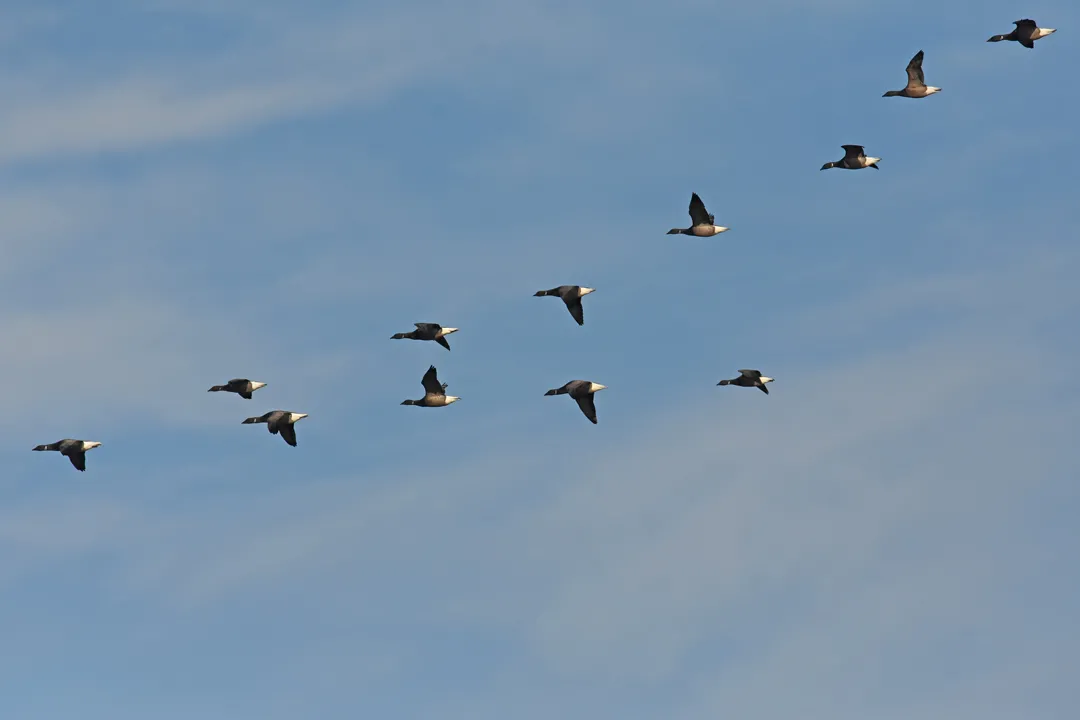Citation

Overview
Outbreaks of high pathogenicity avian influenza (HPAI) have had a significant impact on the poultry industry and certain wild bird populations. Understanding the factors that lead to outbreaks is an important component of tackling the disease. The movements of migratory waterfowl have been linked to the spread of avian influenza, raising the question of whether existing data on bird movements could be used to develop an early warning system for the disease.
In more detail
Data on the distribution, abundance and movements of wild birds are collected at a national scale within many European countries, thanks largely to the efforts of non-governmental organisations and their networks of volunteers. These data include information collected by bird ringers, which can provide valuable insights into bird movements and their timing. Viewing such data at a European scale has been possible thanks to the work of the European Bird Census Council (EBCC) and the European Union for Bird Ringing (EURING), delivering tools like the EuroBird Portal and the Migration Mapping Tool.
Using the population data collected by the EuroBird Portal and movement data from the EURING Databank, taken for 12 representative species of wild bird (five geese, two swan species, and five ducks), the team behind this report examined the links between bird distribution and movements, and the occurrence of HPAI outbreaks.
The two datasets were used to produce a prototype risk assessment for HPAI outbreaks in wild bird populations, predicting future occurrence of wild birds infected with the disease. By validating the model against the EMPRES-i database of disease outbreaks, the team was able to validate their approach and deliver proof of concept. Although there are some limitations with the current approach, for example how to deal with movements from outside the area covered by the EURING Databank and EuroBird Portal, this new tool has the potential to deliver a much-needed early warning of future outbreaks.
Abstract
Avian influenza (AI) is a highly contagious viral disease that affects primarily poultry and wild water birds. There have been continued outbreaks of highly pathogenic avian influenza (HPAI) in both poultry and wild bird flocks. We aim to capitalise on the existence of large citizen datasets on abundance and distribution of 12 wild bird species to assess spatial patterns in abundance and migration migratory routes to develop a prototype spatiotemporal risk assessment from HPAI outbreaks in wild bird populations. We undertake an initial analysis of wild bird abundance from the EuroBirdPortal dataset and movements from the EURING Databank to parameterise a risk model that estimates the weekly probability of having at least one wild bird infected with HPAI at the European Environment Agency (EEA) 50 x 50 km grid scale. The model is validated against the EMPRES-i database of disease outbreaks. We provide proof of concept that such an approach is valuable and discuss current limitations and outline how the approach might be improved.


